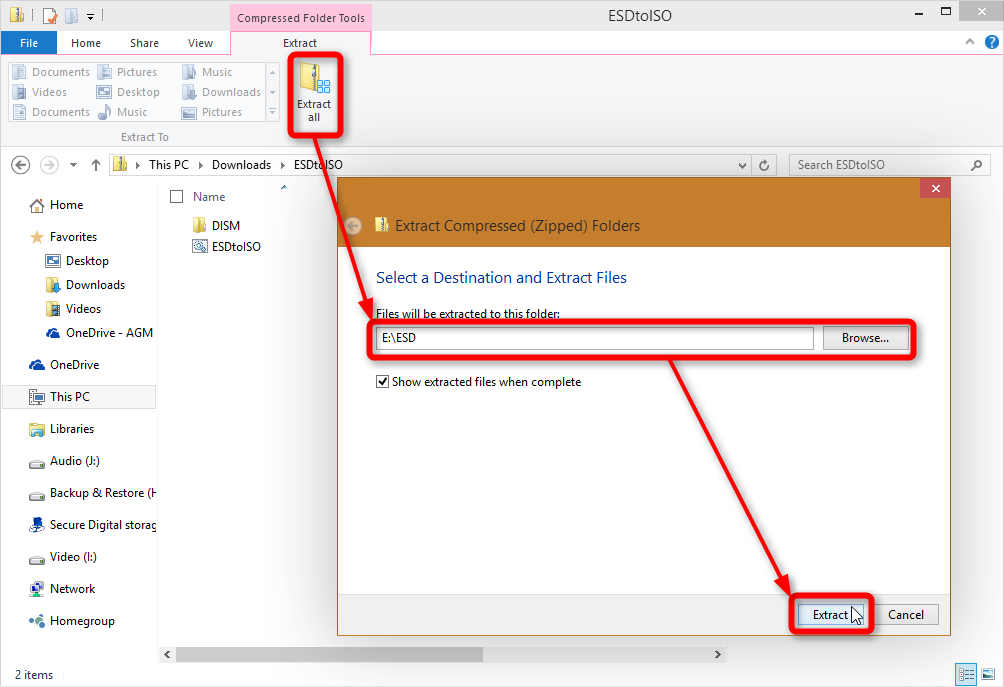

# since PowerShell apparently cannot convert an IStream COM object to this Credit to įunction WriteIStreamToFile( $istream, $fileName) Then, you can use the following command cdbxpcmd -burn-data -layout:mycompilation.dxp -iso:output.iso -format:iso Select File->Save to create a DXP file (which is CDBurnerXP's compilation format).However, if you know your list of files isn't going to change (ie only the content of those files), you could try the following (untested): The command line tool doesn't appear to let you make a bootable CD directly. To generate an ISO called output.iso from the files in the input folder Of particular interest are the -iso and -format options used something like: cdbxpcmd -burn-data -folder:input -iso:output.iso -format:iso -changefiledates There is also some documentation about the command-line options. It's not really advertised on the site, but it includes a command-line edition, as cdbxpcmd.exe. I've found a significantly easier approach, and it doesn't require Cygwin: CDBurnerXP


 0 kommentar(er)
0 kommentar(er)
